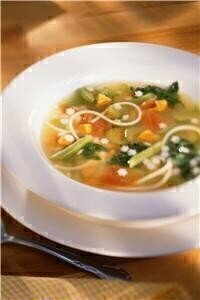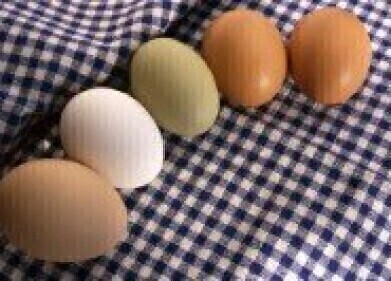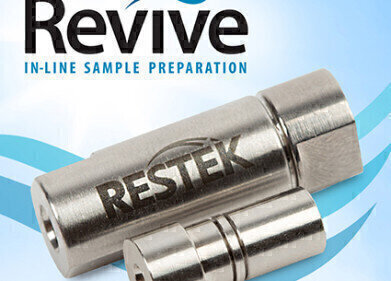Food Safety Testing
How are Pesticide Residues Detected in Food?
Jul 26 2016
To remain healthy, it is necessary to eat a wide variety of foods, particularly fresh fruit and vegetables. Although pesticides play vital roles in protecting food crops from pests (e.g. fungal diseases and insects), there is concern about the potential levels of pesticide residues in the edible produce. Examples of chemically-related pesticides include:
- Organophosphates - affects the nervous system by disrupting the enzyme cholinesterase that inactivates the neurotransmitter, acetylcholine
- Carbamates – blocks the activity of cholinesterase
- Organochlorines - commonly used in the past, but many have been removed from the market due to their health and environmental effects and their persistence (e.g. DDT and chlordane)
- Pyrethroids - act on sodium channels in the nervous system to disrupt action potential propagation
Indeed, government’s legislation sets strict limits on the concentrations of residual pesticides and their metabolites in fresh food.
Most countries’ pesticide programs are made up of three components: Regulatory surveillance of domestic and imported food, total diet studies and monitoring. Each food group can have more than 30 individual tolerances. For example, grapes have more than 70 individual strict tolerances ranging from 0.05-60 ppm for a particular pesticide. Thus, it is vital to have reliable analytic techniques to measure residual pesticide levels in a wide variety of foods.
The QuEChERS method (Quick, Easy, Cheap, Effective, Rugged and Safe) is an easy and cost effective way for analytical chemists to determine the levels of pesticide residues in many types of food. The original QuEChERS method was modified to ensure that pH dependent chemicals could be efficiently extracted to minimize their degradation (e.g. base and acid labile pesticides) and also to facilitate the detection of many more types of compounds.
Examining the Methodology
Testing laboratories must possess pesticide reference standards of known quality and concentration as well as samples of all their known metabolites - this is the first requisite. The PerkinElmer’s Supra-d QuEChERS dispersive method turns sample preparation into an easy two-step process by using the QuEChERS method, which is the most popular sample preparation technique used to analyse pesticide residues. It is useful in that it eliminates complex liquid extraction methods and extends the range of the recovered pesticides.
The QuEChERS procedure is fast and easy, improving lab productivity and results in fewer errors. Food samples (fruits, vegetables, tobacco, etc.) are initially homogenized in a blender. The prepared samples are then placed in centrifuge tubes with a detection reagent and agitated for 60 seconds. The reagents used obviously depend on the type of samples to be analysed. Then, each sample is put through a cleanup column prior to analysis by gas-liquid chromatography. Thus, samples can be processed quickly using the QuEChERS method.
To analyse large numbers of samples whose pesticide treatment history is usually unknown, analytical methods are used that are capable of simultaneously determining a number of pesticide residues. These multi-residue analysis techniques can measure the levels of approximately half of the approximately 400 pesticides within the required government tolerances, and many others that have no tolerances. Numerous other analytic methods available to determine a wide range of pesticide levels in food are documented by the U.S. You can find this list of pesticide analytical methods & procedures on the Environmental Protection Agency.
Recently, two leading European food testing laboratories have begun to work in tandem with Thermo Fisher Scientific at their new Pesticide Analysis Center of Excellence. The goal is to produce improved methods for the detection and measurement of pesticide residues in food. You can read about it here: Leading EU and UK Pesticide Testing Labs Announce Collaboration.
Digital Edition
IET 34.2 March 2024
April 2024
Gas Detection - Biogas batch fermentation system for laboratory use with automatic gas analysis in real time Water/Wastewater - Upcycling sensors for sustainable nature management - Prist...
View all digital editions
Events
May 13 2024 Munich, Germany
May 15 2024 Lund, Sweden
May 15 2024 Frankurt-am-Main, Germany
May 20 2024 Columbus, OH, USA
May 21 2024 Lagos, Nigeria



















